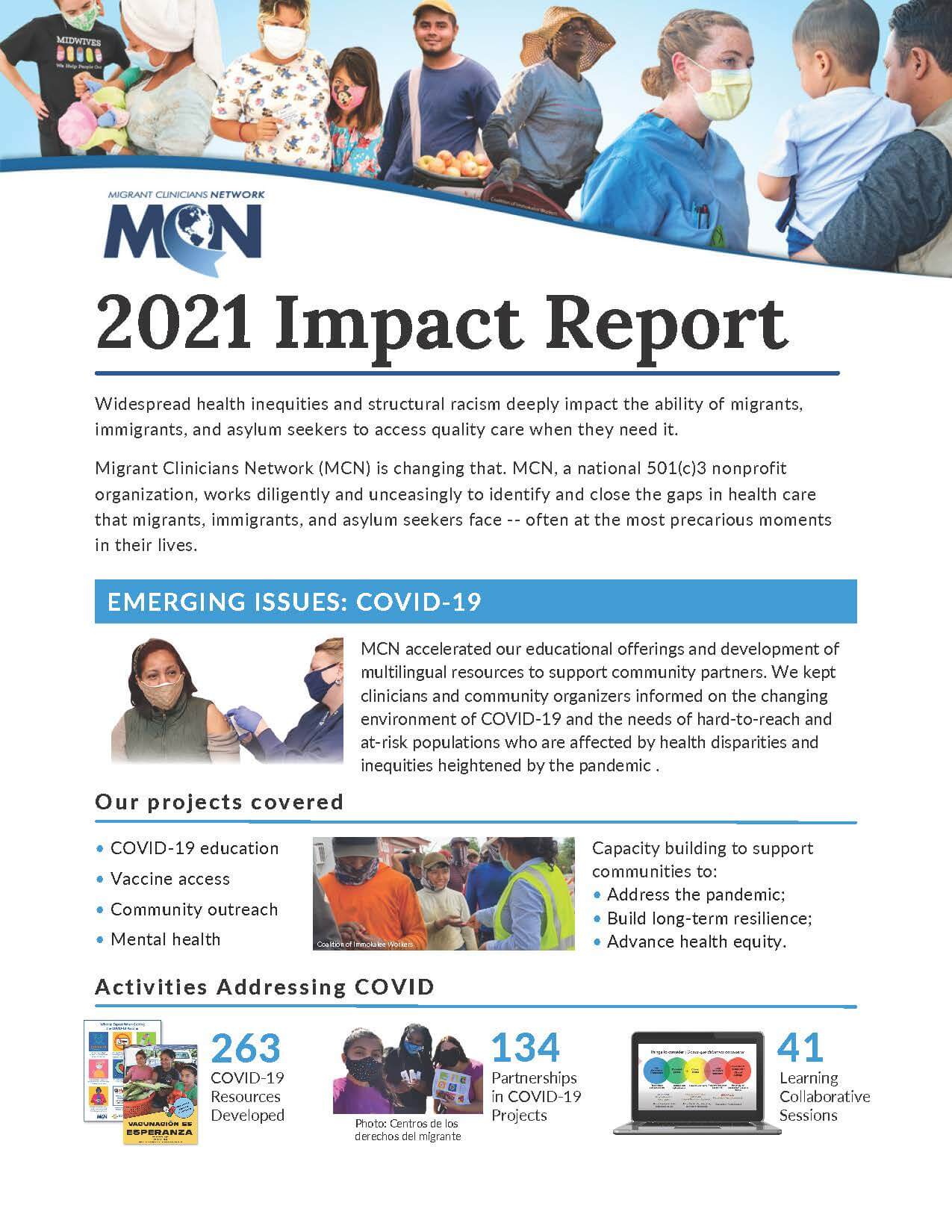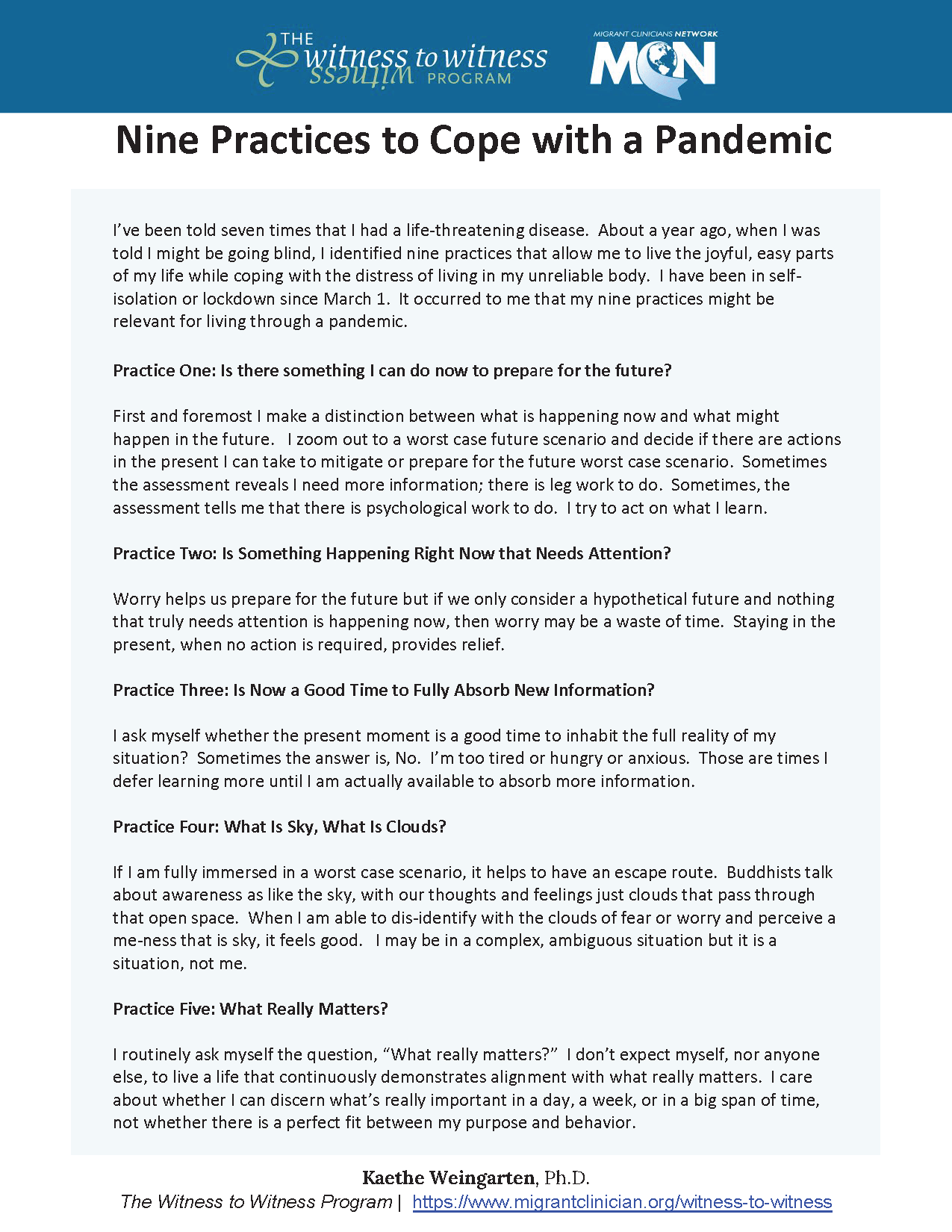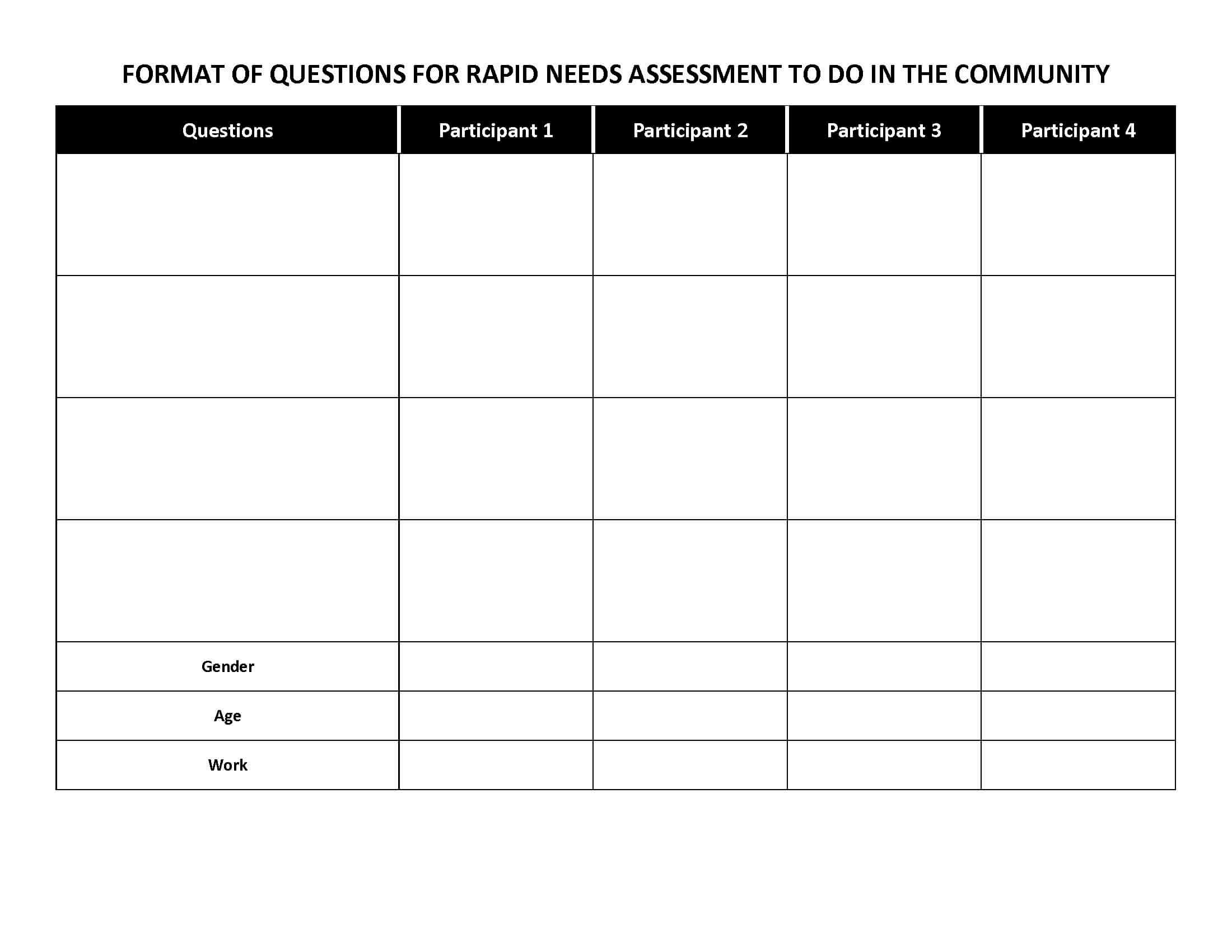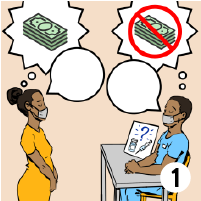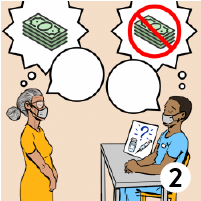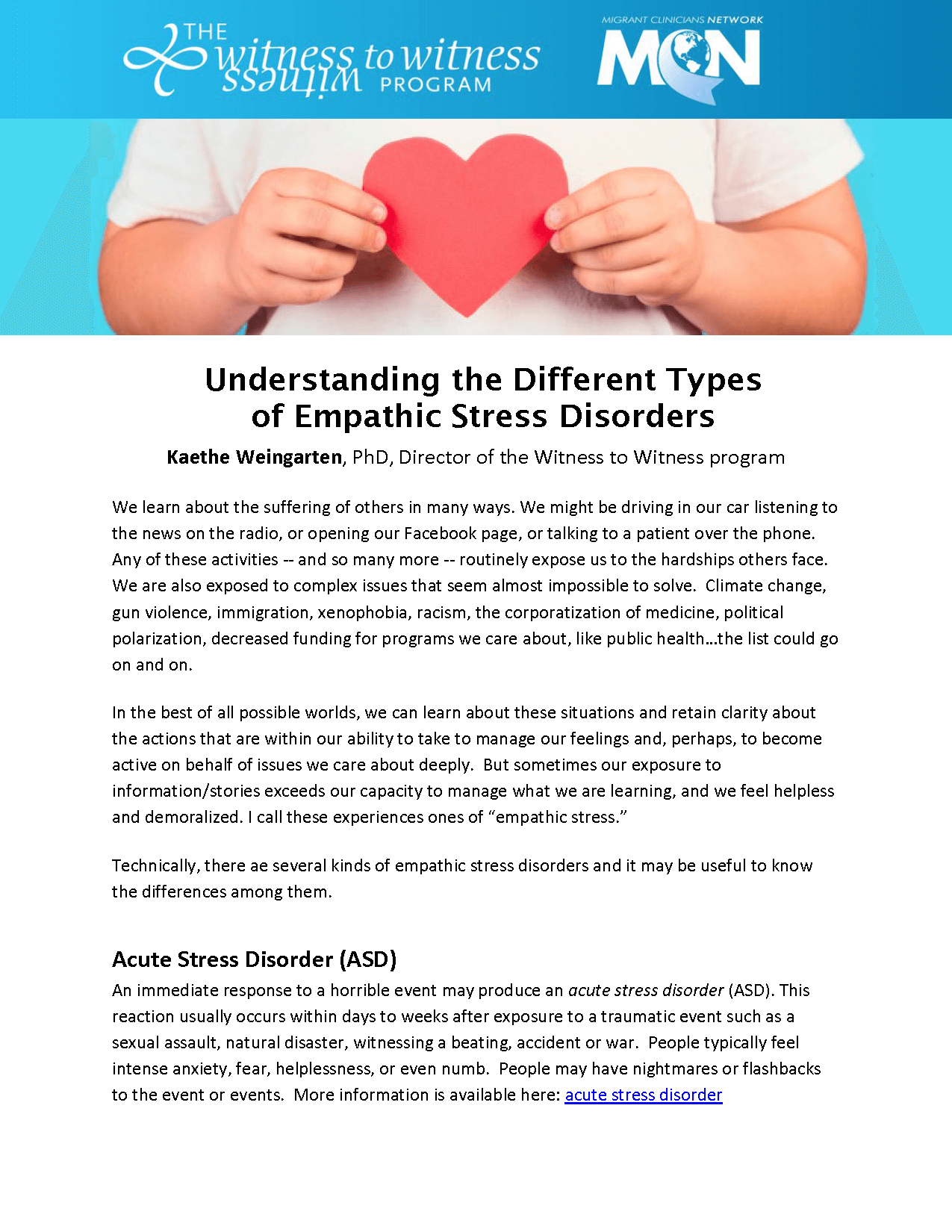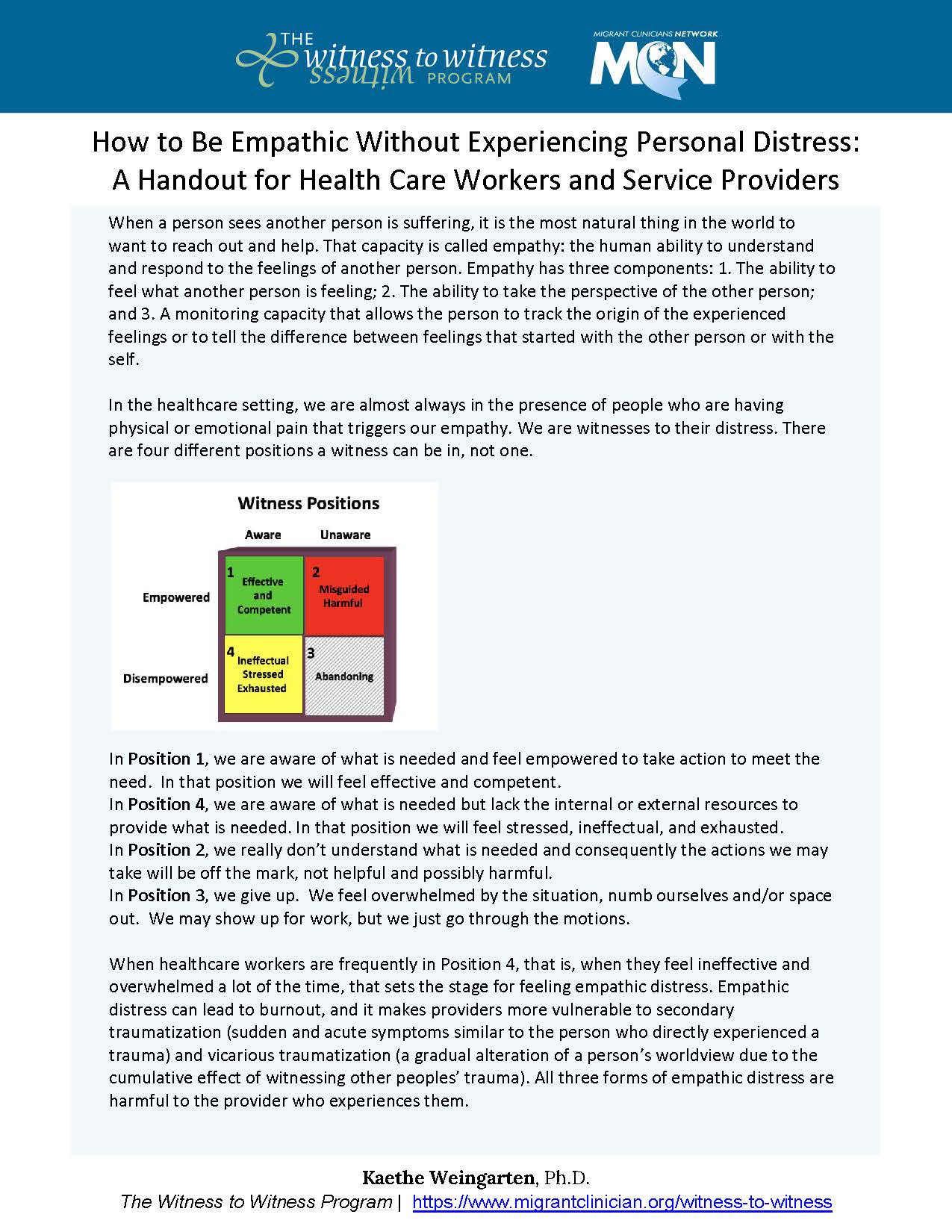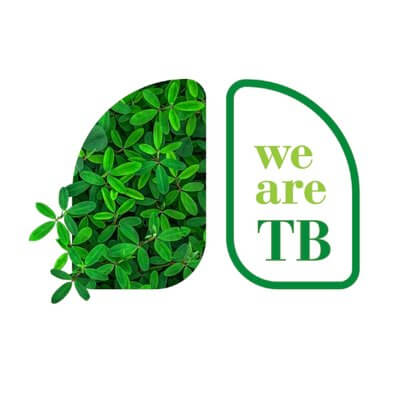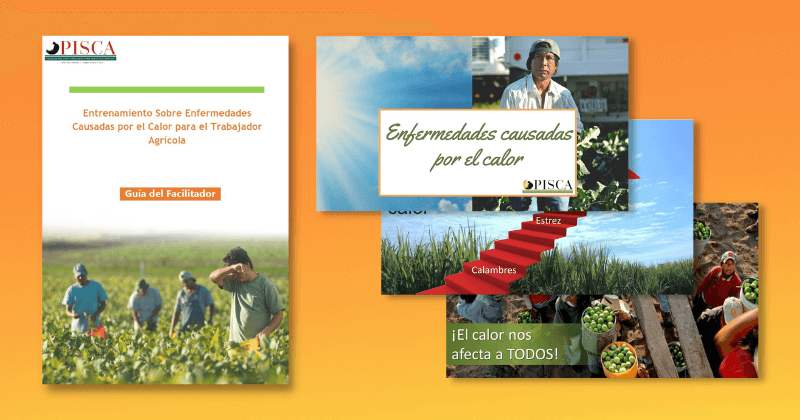
copy deeplink Heat-related Illness and Farmworkers - Training Curriculum and Facilitator Guide
Heat-related Illness and Farmworkers - Training Curriculum and Facilitator Guide- 2022-6-13_Enfermedades-causadas-por-el-calor_Presentacion.pptx (19.18 MB)
- 2022-6-13_HeatStressSpanishFLIPCHART.pdf (7.81 MB)
- 2022-7-21_Heat-Stress-Facilitator-GuideSpanish.pdf (2.43 MB)
- 2022-6-13_Heat-related-illness_Presentation - English.pptx (21.41 MB)
- 2022-7-21_Heat-Stress-Facilitator-GuideEnglish.pdf (2.5 MB)
copy deeplink Implementing Innovations into Practice Blog
Implementing Innovations into Practice BlogThis is a resource that connects busy primary care professionals with each other—and with practical ways to improve care and financial performance. Each week, you’ll find a story that highlights evidence-based strategies and solutions that have worked in primary care setting like yours. You’ll also discover exciting opportunities to engage with your colleagues and work with researchers to explore new innovations in primary care.
NACHC’s new FAQ runs down a number of additional resources not covered here, specifically tailored for health centers.
This colorful vaccine calendar comic gives low-literacy information on vaccines and some information on why adults need immunizations, too. Available in high resolution to download and print into poster size.

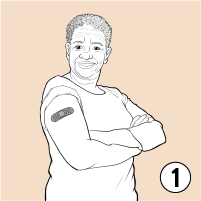
- 60 woman vaccinated.png (455.06 KB)
- Elder_Vaccinated.png (209.59 KB)
copy deeplink Avian Flu and Your Safety: Guidance for Dairy Workers
Avian Flu and Your Safety: Guidance for Dairy Workers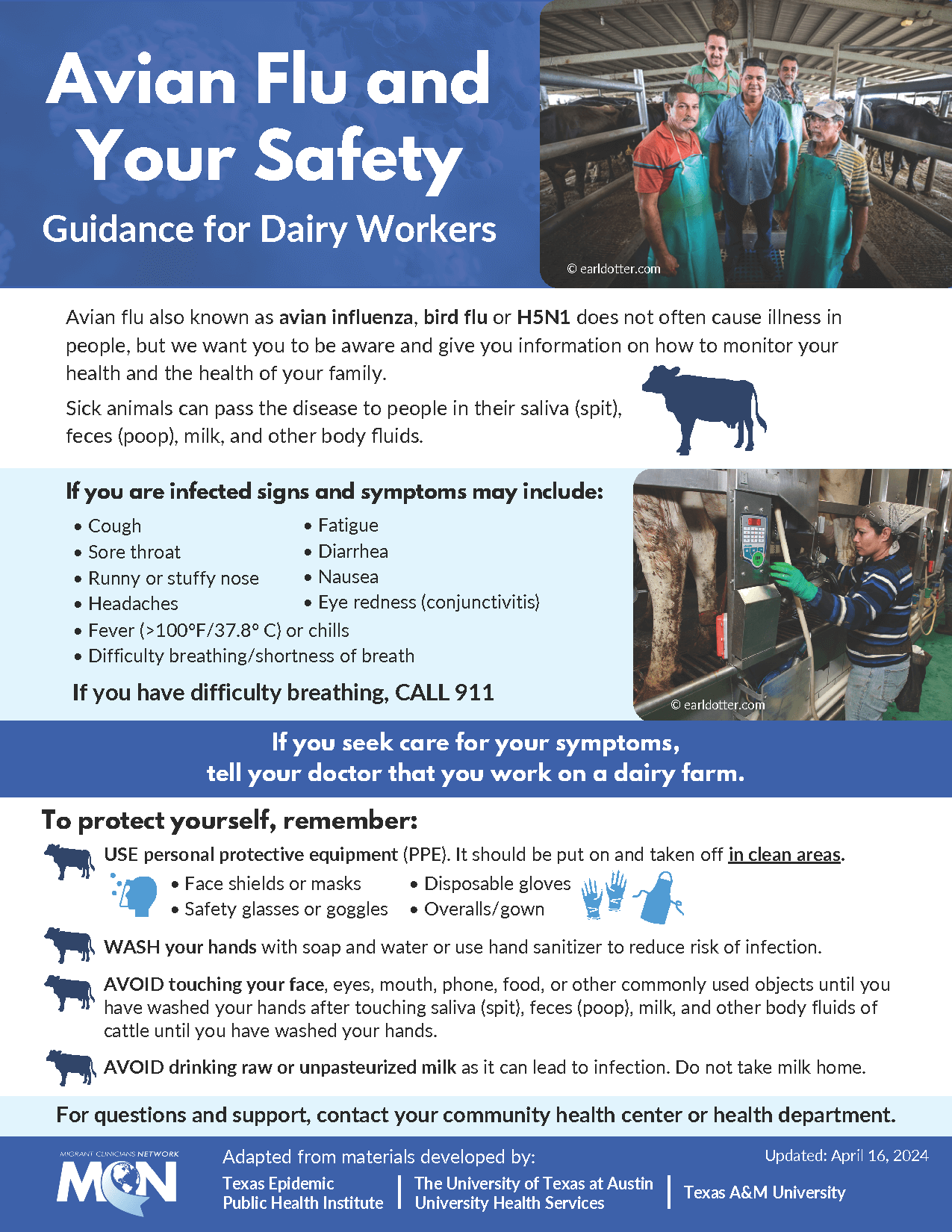
- Avian-Flu-and-Your-Safety-Guidance-for-Dairy-Workers_2024-4-16.pdf (1.11 MB)
- La-gripe-aviar-y-tu-seguridad-Guia-para-trabajadores-de-lecherias_2024-4-16.pdf (1.11 MB)
- Avian-Flu-and-Your-Safety-Guidance-for-Dairy-Workers_2024-4-16.png (458.15 KB)
- La-gripe-aviar-y-tu-seguridad-Guia-para-trabajadores-de-lecherias_2024-4-16.png (448.93 KB)
